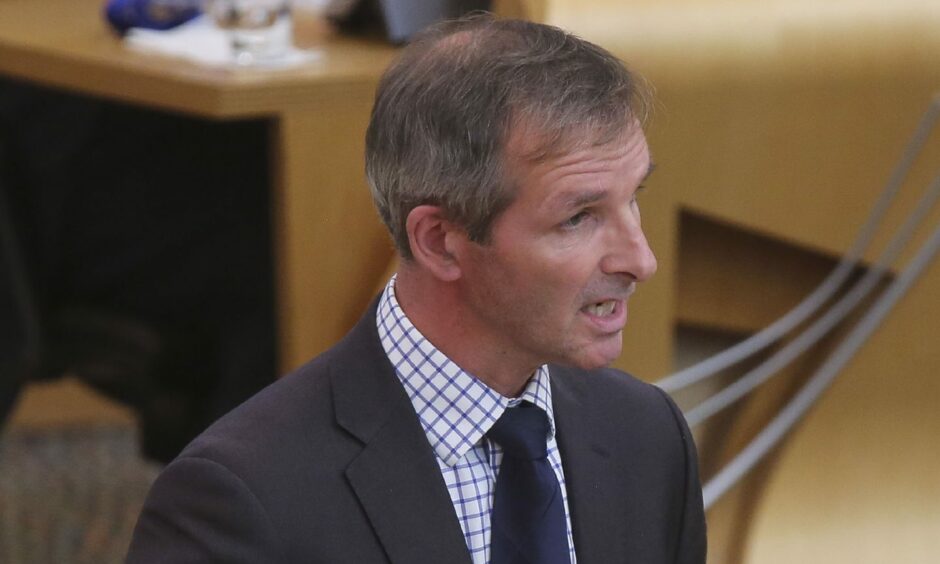
Cash-strapped prison bosses are facing an expensive repair bill after discovering collapse-risk concrete at one of their sites.
Reinforced autoclaved aerated concrete (RAAC) has caused concern across the UK in recent months, prompting authorities to assess buildings for its presence.
The material, which is a cheaper alternative to standard concrete, has a lifespan of around 30 years but is at risk of structural failure when exposed to moisture.
The Health and Safety Executive says RAAC is now beyond its lifespan and may “collapse with little or no notice”.
We can reveal the material has been found in ancillary buildings at HMP Glenochil, near Tullibody.
Where has it been found?
The Scottish Prison Service confirmed RAAC has not affected accommodation areas or the operational management of Glenochil.
The full cost of repairs is not yet known and it is understood bosses are waiting on further specialist reports to establish the full scale of the problem.
But politicians have raised concerns about what the final price could be.
Scottish Liberal Democrat Justice spokesman Liam McArthur said: “Prisons are astonishingly expensive things to maintain and repair, and there is little spare capacity anywhere in the prison system so this is a nasty situation for the Scottish Prison Service to find themselves in.
“The last time a new prison block was built at Glenochil it cost more than £20 million.
“Prisons bosses need to explain where on the site RAAC is present, what steps are being taken to keep staff and prisoners safe and whether there is a timescale for it to be removed.
“Lest we forget, the latest round of scrutiny of this concrete was triggered because a roof beam in a school which was previously assessed as safe, had begun to move.
“The Scottish Government need to finally deliver a national fund for removing RAAC from public buildings.
“Our prisons, fire service and health boards cannot afford to pick up the tab on their own without making big cuts elsewhere.”
Extensive checks carried out
The Scottish Prison Service said it has conducted extensive checks and specialist structural engineer assessments in line with the risk-based approach recommended by the Institute of Structural Engineers.
A spokesman said: “This has found that RAAC is present in ancillary buildings, is in good condition, and has not affected the accommodation areas or the operational management of the establishment.
“We will continue to keep the matter under review.”
MSPs were told last month that there is not yet a final estimate for work needed to replace the collapse-prone concrete in Scottish buildings.
As yet, 40 schools and more than 250 NHS buildings in Scotland are believed to have some form of RAAC in them.
Social Justice Secretary Shirley-Anne told the Local Government, Housing and Planning Committee it is not possible to have a genuine modelling of what the scale of financial commitment may be because of the sheer scale of the work.
Somerville said: “The first minister has, of course, been clear that we will spend what we need to spend to ensure that our buildings are safe for those who use them.
“But we need the UK Government to realise the seriousness of the situation and to provide devolved governments with funding, and, of course, their own departments.”

Enjoy the convenience of having The Sunday Post delivered as a digital ePaper straight to your smartphone, tablet or computer.
Subscribe for only £5.49 a month and enjoy all the benefits of the printed paper as a digital replica.
Subscribe